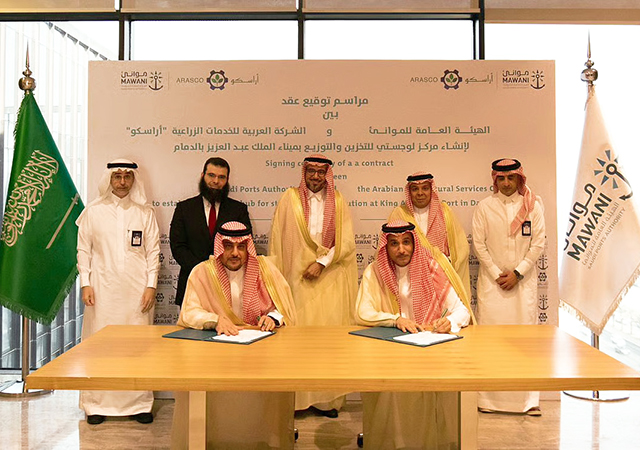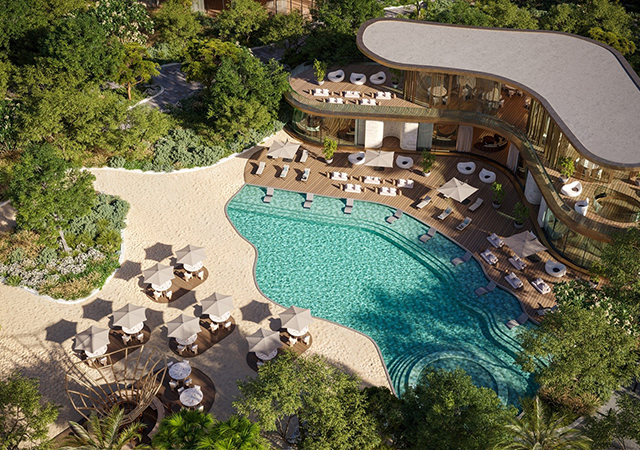 Masa ... specialised pest control services.
Masa ... specialised pest control services.
Anumber of pest problems start in building interiors where the carpets are not properly cleaned, leading to rapid infestation by ants, beetles and cockroaches.
Some of these pests lay eggs and infest the carpets especially near the sides and wall skirting and over time become very difficult to eliminate. The larvae of carpet beetles infest and eat the wool and synthetic fibres of the carpets as well as the wool, fur and leather of other floor coverings.
As a pioneer in pest control and management in Saudi Arabia, Masa tackles these carpet beetles through its Integrated Pest Management (IPM) programme using a holistic approach. Besides insecticides, it also uses non-chemical methods such as oxygen removal with the help of argon and carbon dioxide gases in a sealed environment, freezing technique for a recommended time of two weeks at -18 deg C, seven days at -25 deg centigrade and three days at -30 deg C and heat treatment at temperatures of up to 55 deg C, which will kill most of these carpet and fabric pests. Heating large interior spaces within homes, warehouses, shops and other premises is a very successful alternative to insect repellents with pesticides such as Hexamethylene carbamide and Azadiractin being very effective in controlling the Dermestid larvae.
Parasites such as bedbugs that feed solely upon the blood of warm-blooded animals, are efficient hitchhikers and are unwittingly transported in on luggage, clothing or other belongings of individuals, the problem being further compounded in hostels, hotel, motels and apartments by the increased domestic and international tourism, which has accelerated the likelihood of infestation. Some of the evidence of infestation includes a pungent sweet odour in heavy infestation, bite reactions in human beings, live bedbugs and blood spots on linens, mattresses, bed frames and other harborage sites.
Diatom Dust XR, a natural, non-toxic and safe substance made up from crushed fossils of freshwater marine life, is suitable for long term bedbug protection.
Cockroaches are one of the most adaptable and hardy insect groups that prefer a moist environment, and a relatively high degree of warmth. They have developed resistance to many pesticides such as DDT and Chlordane and are highly reproductive, making it difficult to control an infestation. A number of non-chemical methods such as cold and heat treatments, insect growth regulators (IGRs) are preferred by IPM followers over chemical methods to control cockroaches. However, IGR must be used in conjunction with an effective conventional residual insecticide to control adult population of cockroaches.
Other pests such as Silverfish or Lepisma that feeds on starch or polysachorides present in glue, book bindings, papers, photos and sugar are common in humid water-prone areas such as around showers, baths and sinks as well as cellulose in many shampoos, shaving foams and other such bathing materials. A ratio of 1:1 dispersion of borax and sugar is a reliable bait to kill Silverfish.
The larvae of wood-borers, Anobiid powder post beetles and other wood-infesting insects cause damage worth millions of dollars to internal building structures worldwide by consuming dry, seasoned wood. While those who harvest, mill or store wood are responsible fortaking measures to prevent attack on wood before it is used, users should take precautions to reduce the chances of building an infestation into structures and furniture. The key to avoiding serious problems with these beetles is early detection and control by the help of professional pest controllers.
Termites are notorious timber-infesting insects and the subterranean varieties can damage and destroy internal wooden structures. Weak termite-proofing during pre-construction treatment allows them to penetrate building structures and start infestation. Successful termite management requires many special skills including a working knowledge of building construction. In case of severe infestation, it is advisable to hire a professional pest control company to carry out inspections for conditions within and around the building that promote termite attack, such as excessive moisture or wood in contact with soil and use an integrated programme to manage termites.
Some building interior designs may contribute to termite invasion as fine plaster used in walls and ceilings for cornices and mouldings as well as coarse plaster or cement used to create stone-like cladding that extends to the ground in external wall surfaces promote termite infestations. Attics and foundation areas should be kept well ventilated and dry while screens should be used over vents and other openings into the substructure should be sealed to block the entry of termites.
Effective pre-construction treatment for subterranean termite prevention requires the establishment of vertical and horizontal chemical barriers between the wood in the structure and the termite colonies in the soil. A low-pressure spray should be used for pre-treatment application over horizontal barriers in areas such as floors, porches and other critical areas. If concrete slabs cannot be poured over soil the same day that that latter has been treated, a waterproof cover such as a polyethylene sheet should be placed over the soil to retain the chemicals.
Post-construction applications should be made by injection, rodding and/or trenching. Precaution should be taken while applying emulsion until the location of heat or air-conditioning ducts, vents, water and sewer lines and electrical conduits are known and identified. Hollow block foundations or voids of masonry should be treated to ensure continuous chemical barriers.
The appropriate procedure should be chosen having given due consideration to variable factors as the design of structure, water table, soil type, soil compactness, grade conditions, the location and type of domestic water supplies.
Masa performs termite-proofing using the recently-introduced chemical Imidacloprid 30.5 per cent SC that is non-toxic to humans, animals and the environment but is highly toxic to termites. Imidacloprid is also non-repellant to termites and has been shown to be effective in killing termites at low dosage rates under Saudi Arabian climatic conditions and is effective for up to 10 years.







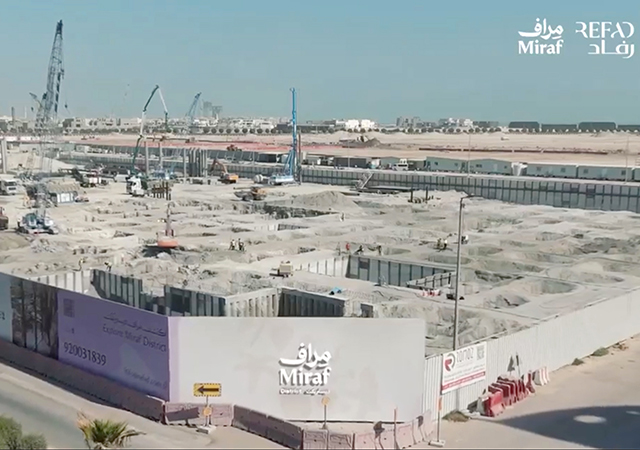
.jpg)




.jpg)

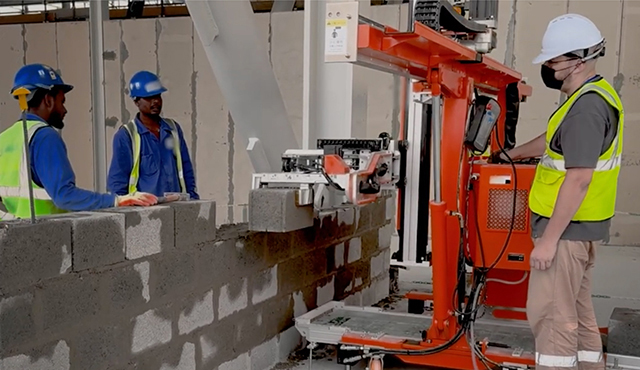

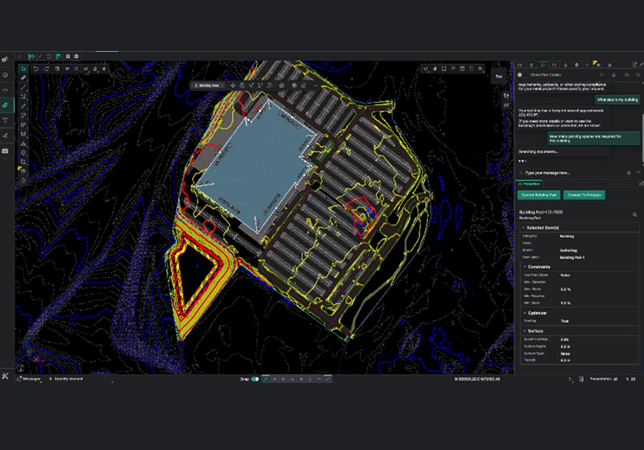



















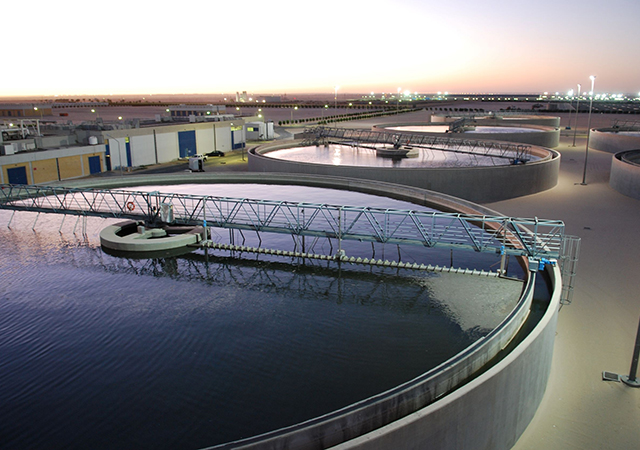




.jpg)




